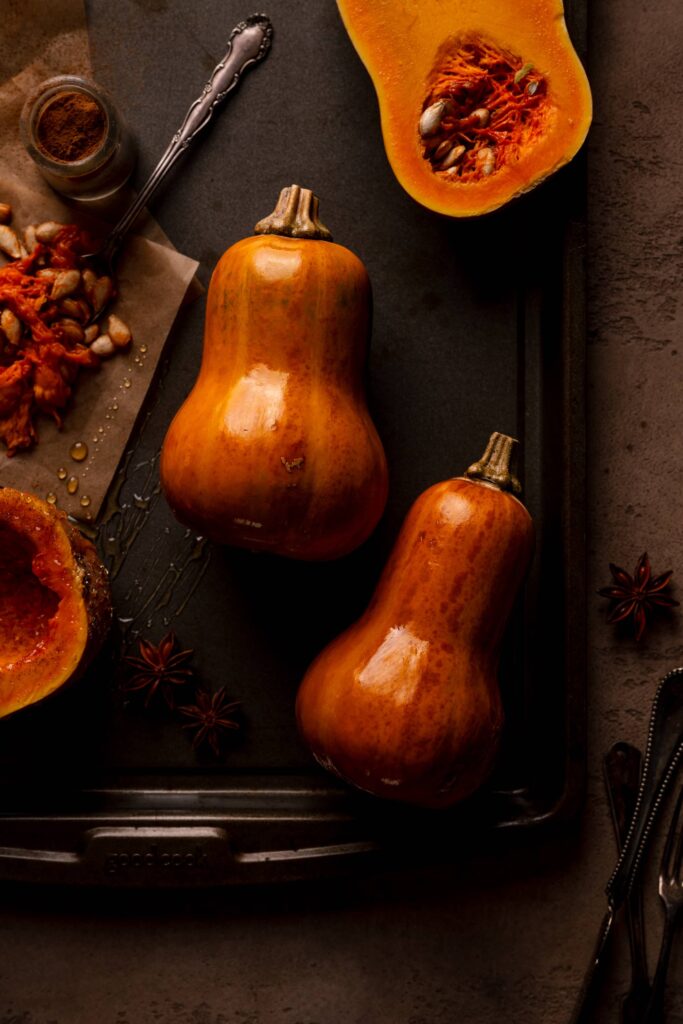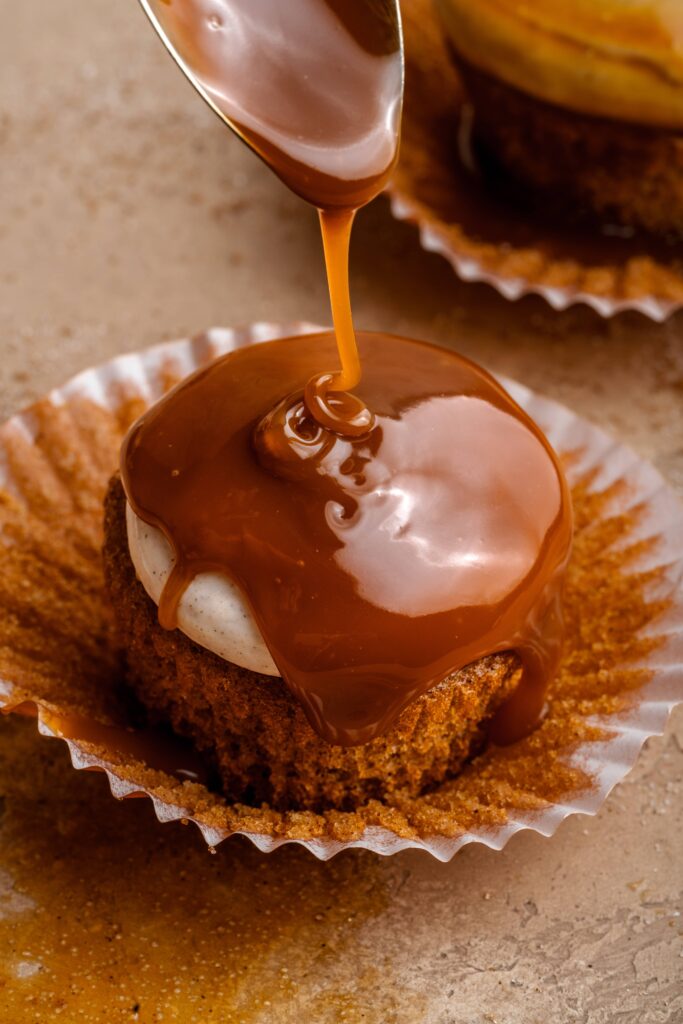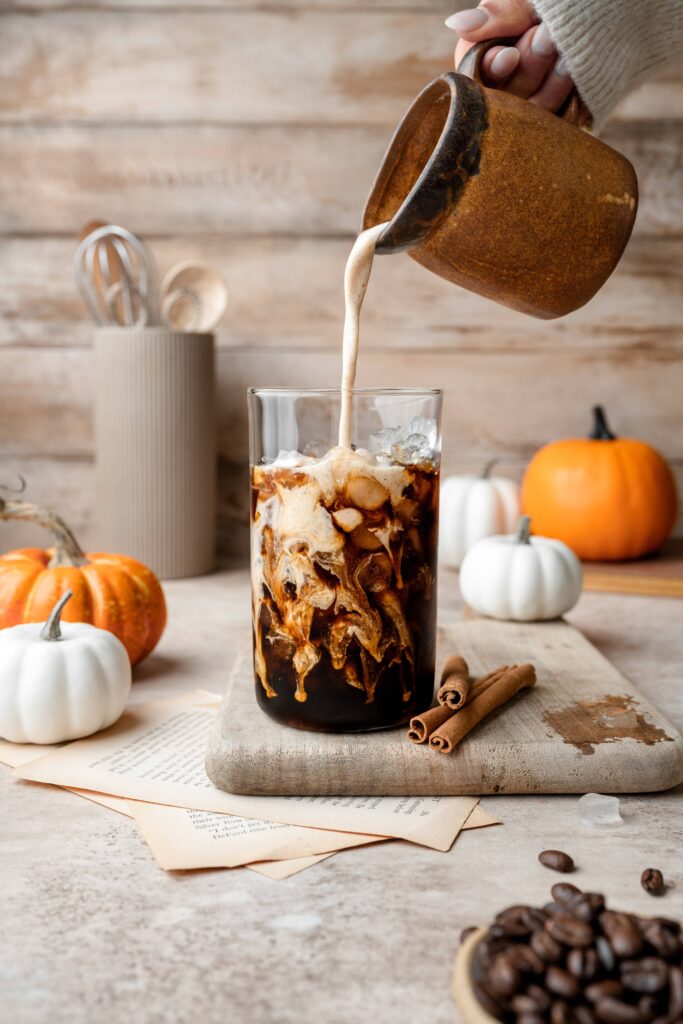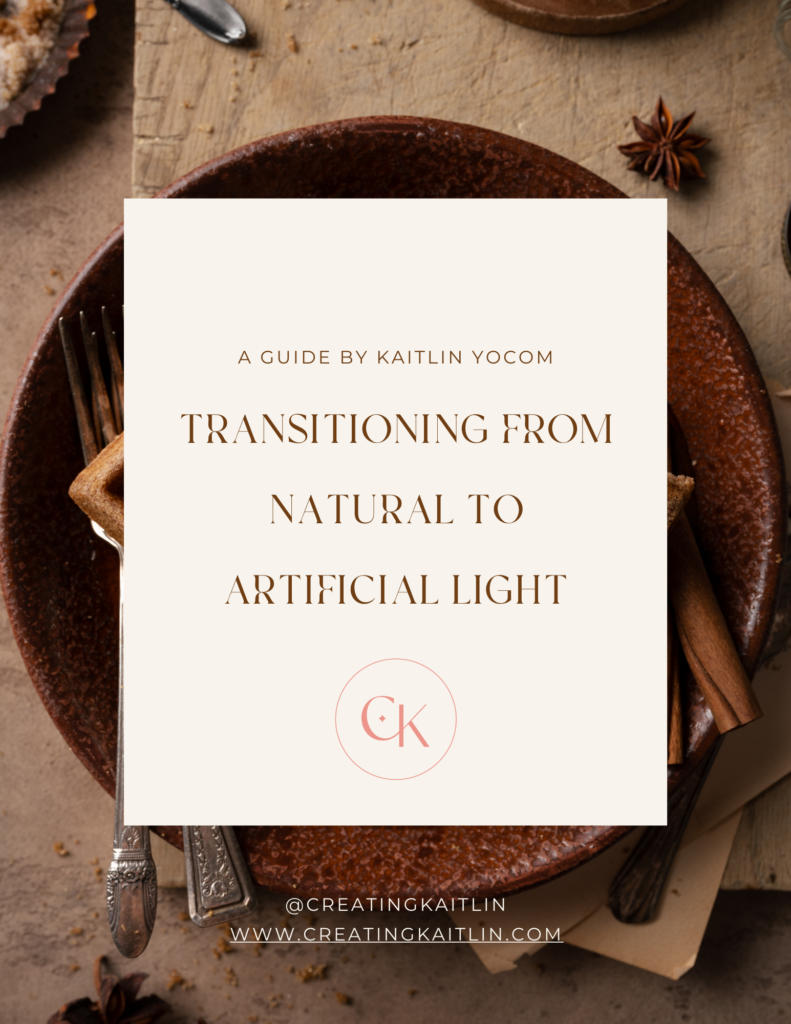5 Reasons Food Photographers Should Learn Artificial Light

I feel like most food photographers are divided into two categories — natural light shooters, & artificial light shooters. It has to be one of the two because we need light in order to photograph food! I used to photograph in natural light, because it was easily available & free! How could you go wrong, right? Well, I quickly learned about all of the limitations of natural light that led me to be super frustrated. So, I decided to make the leap to artificial light, & I haven’t looked back. Let’s dive into 5 reasons food photographers should learn artificial light in this post.
1. Access to Strong Light at All Times
This is probably one of the biggest pros of using artificial light. With natural light, you’re limited to a specific range of time that’s considered the most ideal time to shoot. This is usually midday, between 11:00am-3:00pm. In the winter, this window shortens even more. That’s not all though. You need to also just hope that the weather cooperates during that window. If it’s dark & rainy, chances are you won’t have enough strong light to shoot in. How annoying is that?
With artificial light, you have access to it 24/7. You get to control when you use your light, instead of the light controlling when you use it. I found this super helpful especially because I feel most creative at night, usually around 7:00 pm. Now that I use artificial light, I can photograph food when it’s pitch black out & it doesn’t matter. I don’t even have to think twice about it! That’s such a win.
Alternatively, if you work a full-time job & this is either a side gig or hobby, you can shoot after work hours without having to worry about the natural light. This is such a great option & relieves so much stress.

2. You Have Complete Control Over the Light
You get to control the power of your light, which means you get to decide how bright you want it to be. No more waiting on perfect partly cloudy conditions outside to shoot. Now, you can create that same look during every single shoot by controlling the brightness of your artificial light.
3. All of Your Images Will Look Cohesive
Because you have the ability to control the light, you also have the ability to make all of your images look super consistent with one another. This also helps build your personal style & brand within your photography. If you have a cohesive look in all of your images, people are more likely to look at a photo & say “wow, that looks like ______ photo”!
4. Captures Incredible Action Shots
This specifically applies to flash photography. Flash photography has the ability to freeze action beautifully. Take a look below at some of the images I’ve taken with flash & just look at the pours, dusts, & drizzles frozen in time so crisp & clear!! I’m obsessed.



5. Great Long Term Investment
Artificial lights can seem like a big investment up front. Depending on what light you’re buying, it definitely can be! However, these lights are made to last & will carry you through years & years of food photography if taken care of properly. I’ve gotten my money’s worth & then some in my two+ years of using artificial light. They’re probably once of the best investments I’ve made in my business.
I hope this helped you to realize the magic that is artificial light! If you’re looking to make the switch, I have an eBook out that will help you transition from natural to artificial light it the most seamless way. I know it probably seems overwhelming, but I promise it’s not as intense as it looks. In no time you’ll be taking incredible food photos at any time of day.
In my eBook I also go over…
pros vs. cons of both natural & artificial light
over 45 minutes of video content showing you how to set up your flash & continuous light & different ways to manipulate artificial light
getting the flash & trigger to communicate with each other
steps to taking your first photo with artificial light
hurdles to overcome with artificial light & how to solve them
& more!
Check out these other artificial light posts:

COMMENTS